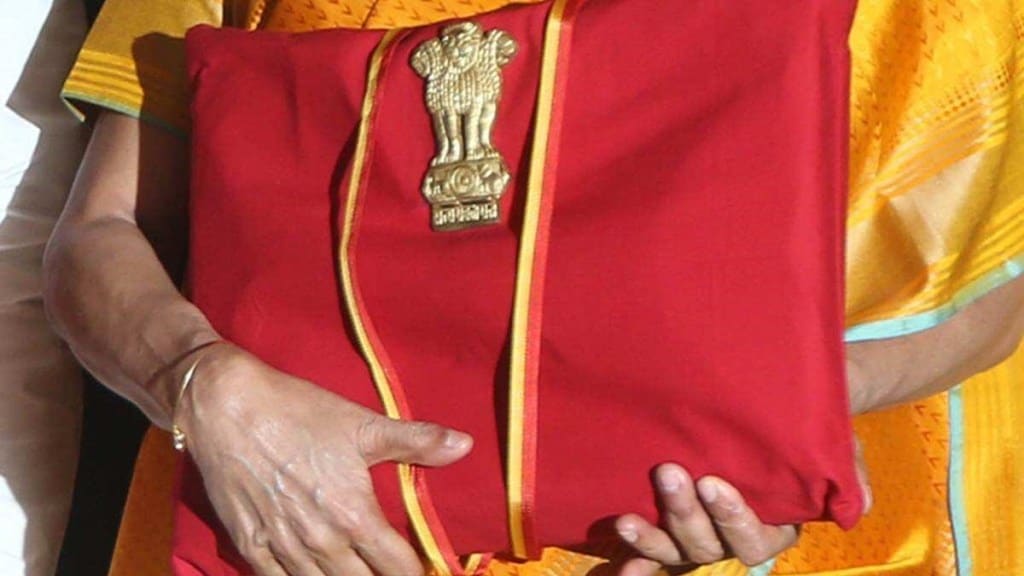There is a consensus among analysts that the interim Budget on February 1 wouldn’t stray from the fiscal glide path, despite the surcharged political atmosphere in which it is being delivered. A sharp reduction of 60-70 basis points in the Centre’s fiscal deficit appears to be on the cards in FY25, from the FY24 Budget Estimate of 5.9%, which looks eminently achievable. That would require another 70-80 bps cut to meet the 4.5% deficit target for FY26 under the current medium-term plan, while the FRBM-mandated 3% would still be a distance away. What brings about the unanimity of forecasts is the challenging debt dynamics. Remarkable policy resolve has been exhibited by the Centre in bringing its fiscal deficit down, from the bloated level of 9.2% in the pandemic-year FY21, while also keeping a focus on the spending quality even during the testing times.
Amid this fiscal consolidation, the Centre also sharply raised the ratio of its capital expenditure to the GDP (from 1.6% in FY19 to a budgeted level of 3.3% in the current fiscal). In other words, revenue deficit is being pared at a faster rate than the fiscal deficit. Of course, states have bested the Centre’s performance, by reporting a combined fiscal deficit below 3% in all years since FY17, except in FY21. Commendable tax effort is what enabled the Centre to walk the talk on fiscal rectitude. Gross tax buoyancy nudged close to 2, an all-time high, in H1FY24, and is poised to be at least 1.6 for the year as a whole. This indicates that without any new tax or hikes in rates, healthy revenue growth could be maintained in the short term. Buoyancy, however, seems to have peaked.
The robust growth of tax revenues in recent years came with the progressive trend of a steady increase in the share of direct taxes in gross tax revenues from 46.6% in FY21 to over 54% in both FY23 and FY24. Increased reliance on indirect taxes during the pandemic has been quickly corrected. At the same time, the government’s financial accounts have in recent years proved that taxes are not only the largest, but the most sustainable source of revenue. Other non-debt receipts like those from asset sales and sovereign rents charged for natural resources are exhaustible and relatively unreliable. While a large part of the telecom receipts this year are expected to be notional, the disinvestment target is set to be missed by a wide margin, with the plan for the next year too expected to be modest. The RBI’s transfers this year have been unexpectedly high, and may not decline much even in FY25.
The question that hangs over the policy-makers is whether enhanced public investments has taken the economy to a state where it would henceforth need less of it. It doesn’t seem so, and a slowdown is visible. The trade-off between fiscal consolidation and the need to keep a certain amount of fiscal impulse for growth in a slowing economy, which also faces uncertainties from the external world, is a difficult one. The situation calls for a rejig of the nature of fiscal support to growth, even as it is being regulated. The Budget for FY25 may have to provide support to household income/savings, and unveil more than a modicum of consumption stimulus, especially for the rural sector. That strategy also fits in with the political imperatives, ahead of the general election.


